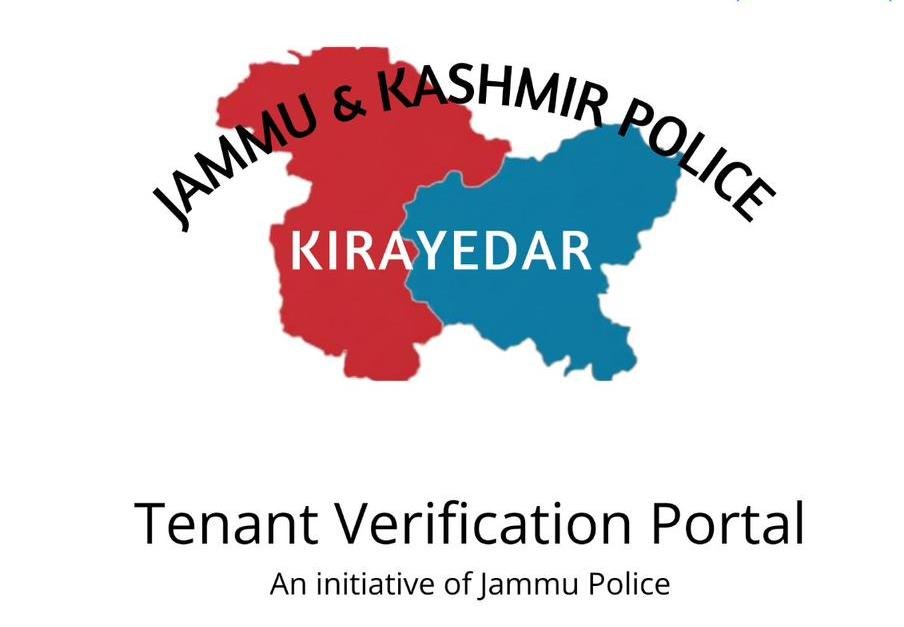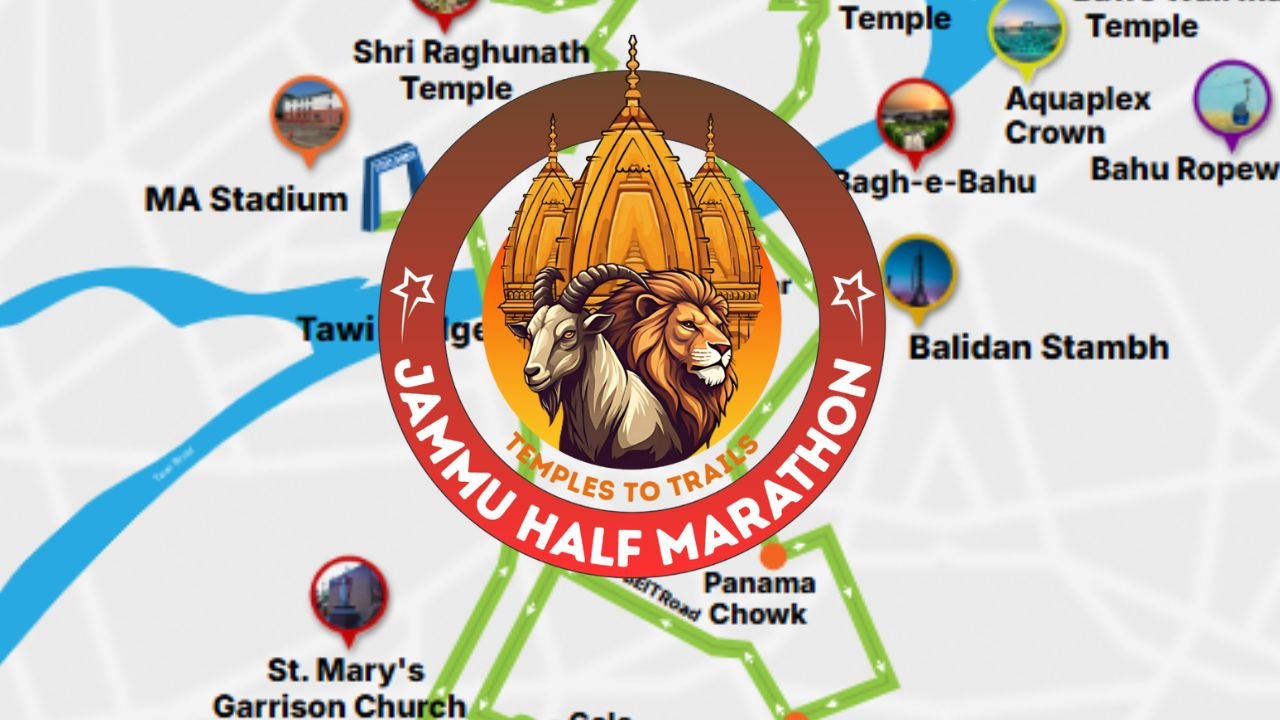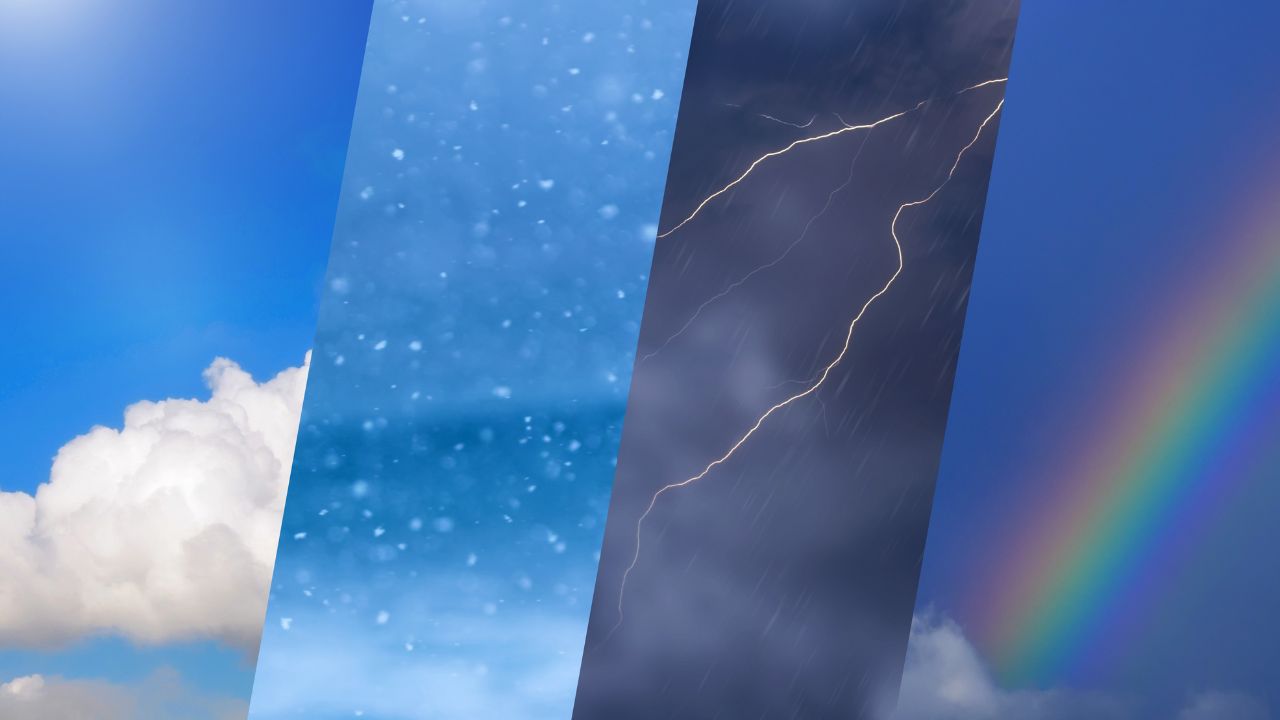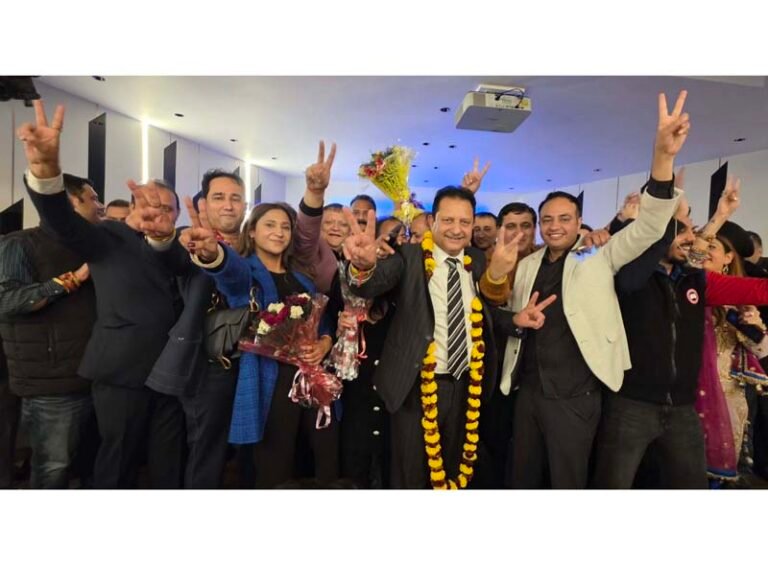Jammu, often celebrated today as the City of Temples, holds an ancient past steeped in myth, history, and royal legacy. The story behind the old name of Jammu reveals not just the foundation of a city but also the spirit of peace and coexistence that inspired its creation. Let’s dive into the captivating tale of how Jammu got its name and its connection with India’s oldest civilizations.
The Legend of Raja Jambulochan and the Birth of Jambupura
According to one of the most cherished legends, the origin of Jammu’s name traces back to Raja Jambulochan, a noble ruler believed to have founded the city. This legend dates as far back as the 14th century BC. While on a hunting expedition, Raja Jambulochan arrived near the banks of the River Tawi. There, he witnessed an extraordinary and symbolic scene—a lion and a goat drinking water side by side without fear or conflict.
Amazed by this rare sight, the Raja saw it as a divine sign. The peaceful coexistence of predator and prey struck a deep chord within him. He immediately abandoned the hunt and returned to his companions, inspired by the tranquillity of the place. Declaring it a land of peace and harmony, he chose the site to establish a city. He built a palace on the right bank of the Tawi River and named the city Jambupura, after himself. Over time, the name evolved from Jambupura to Jambu Nagar and finally to Jammu.
Jammu’s Name in the Epic Ramayana and Mahabharata
Some historians state that the name ‘Jammu’ originates from ‘Jambudvipa’, as mentioned in the Vedas. In the Ramayana, Valmiki also refers to the Jambu river. Over time, ‘Jambudvipa’ is believed to have evolved into ‘Jammu’.
The name Jammu is not only confined to local legends; it also appears in the ancient Indian epic, the Mahabharata. This connection lends historical and cultural depth to the region, suggesting its significance during the epic age. While myths form the heart of its origin, archaeological discoveries further strengthen its ancient roots.
Archaeological Insights: Tracing Jammu’s Ancient Past
Recent excavations near Akhnoor, a town in Jammu district, have revealed artefacts from the Harappan civilization as well as remnants from the Mauryan, Kushan, and Gupta periods. These findings point to Jammu’s role as a continuously inhabited region with a rich and diverse cultural history.
These discoveries add weight to the belief that Jammu’s origins extend far beyond the documented Dogra rule and well into the prehistoric and Vedic times. The traces of early civilization indicate that the area was not only culturally rich but also strategically significant.
Jammu Under Dogra Rule: A New Chapter Begins
Despite its ancient origins, Jammu’s recorded history remains vague up until the 18th century. It wasn’t until 1730 AD that Jammu entered a clearer historical timeline, when Raja Dhruv Deva, a Dogra ruler, brought the region under structured administration. This marked the beginning of the Dogra dynasty’s influence, which later extended across Jammu and Kashmir, shaping the region’s political and cultural framework.
Read also: 5 Qualities You Will Find only In Dogras according to 100 years Old Book
Historical Overview of Ancient Jammu: From Darva-Abhisara to Dogra Desh
In ancient Indian texts, the Jammu region was referred to as Darva-Abhisara, a name mentioned in the Puranas. Geographically, this historic region stretched from the western bank of the Ravi River to the eastern side of the Jhelum River, with the Chenab River flowing through its heart. The region’s borders touched ancient Madra Desh (modern-day Sialkot) in the west, Gandhara and Kashmir to the northwest and north, and the territories of Audumbara (Pathankot) and Trigarta (Kangra) to the east and southeast.
Ancient Literary Mentions of Jammu
References to cities and settlements in the Jammu region during ancient times are scattered but significant. The 6th–7th century Nilmata Purana briefly mentions urban centers in the area, while the 7th-century Chinese pilgrim Hieun Tsang provides valuable insights from his journey between Kashmir and eastern India, passing through Poonch, Rajouri, and Sialkot.
However, it is in Pandit Kalhana’s 12th-century Sanskrit chronicle, the Rajatarangini, that we find detailed accounts of Darva-Abhisara’s various principalities, their ruling families, and political landscapes. Kalhana’s work remains one of the most comprehensive historical sources on the early political structure of the Jammu region.
Post-Islamic Sources and Historical Accounts
With the advent of the Islamic period, new historical records emerged in Persian and Urdu, offering rich insights into Jammu’s political and cultural evolution. Several notable works from this era include:
- Malfuzat-e-Timuri (14th century): Chronicles associated with Timur’s campaigns, which reference northern India, including parts of Jammu.
- Gulabnama by Diwan Kirpa Ram: A historical narrative on Raja Gulab Singh, the founder of the Dogra dynasty.
- Rajadarshani by Ganesh Das: A vital text offering detailed accounts of Dogra rulers, their administration, and regional governance.
- Tarikh Dogra Desh by Kahn Singh Billawaria: A historical record of Dogra heritage and Jammu’s ruling elite.
- Tarikh-i-Jammu by Hashmat Ullah Khan: A Persian chronicle tracing the evolution of Jammu’s political landscape.
European Travelogues and Gazetteer Mentions
In addition to indigenous texts, European travelers and British Gazetteers from the colonial period also documented place names and socio-political details about the Jammu region. These external records offer valuable cross-references, helping modern historians piece together Jammu’s layered history.
Jammu A Region of Deep Historical Layers
From its early identification as Darva-Abhisara in sacred texts to its documentation in Persian chronicles and colonial records, Jammu has been a region of immense historical significance. Its strategic location, diverse political rule, and cultural legacy have made it a central part of India’s ancient and medieval history. Through literary texts, travel accounts, and historical documents, the story of Jammu continues to be rediscovered and celebrated.
Why Jammu Is Called the “City of Temples” Today
Over the centuries, Jammu transformed into a spiritual hub, home to hundreds of temples that reflect the region’s deep-rooted religious devotion. From the Raghunath Temple to the Bahu Fort Temple, Panchvaktar Temple, Peer Kho Temple, Mahamaya Temple, Kol Kandoli Temple and Ranbireshwar Temple, the city is dotted with architectural marvels that attract pilgrims and tourists from across the globe.
This spiritual legacy, paired with its mythological and archaeological significance, has rightly earned Jammu the title “City of Temples.”
The evolution of Jammu—from the peaceful vision of Raja Jambulochan to its modern identity as a temple town—reflects a journey grounded in values of peace, culture, and coexistence. Whether through myth, epic, or archaeological discovery, the history of Jammu offers a captivating narrative of India’s ancient and enduring heritage.
















